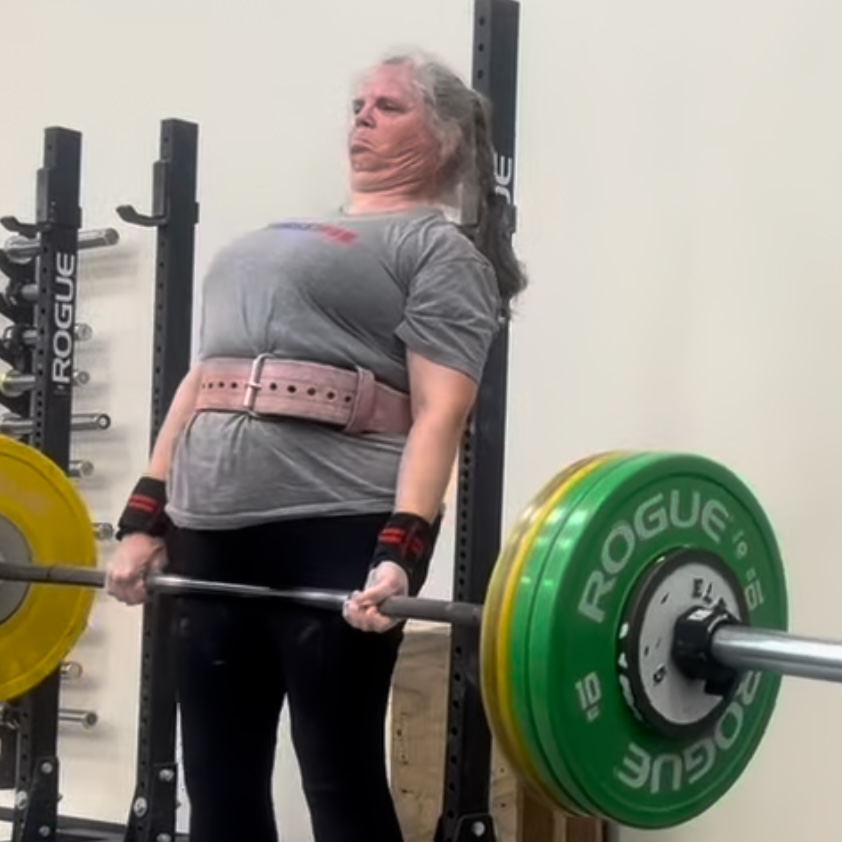In the last five years, research on peri- and post-menopause has grown significantly. And while the world might not always agree on much, there’s one thing nearly everyone in the field is aligned on:
LIFTING HEAVY WEIGHTS IS ESSENTIAL DURING PERI- AND POST-MENOPAUSE.
That’s right. Strength training isn’t just a good idea—it’s critical. But what does “lifting heavy” actually mean?
First, let’s acknowledge that this will look different depending on your experience. If you’re brand-new to strength training, your starting point will differ from someone who’s been hitting the gym for years.
For the sake of this article, let’s assume you’ve been lifting weights off and on for a while. With that in mind, let’s dive into what lifting heavy should look like for you—and why it matters so much.
Let’s start with the key components:
- FREQUENCY: Aim to lift weights 2-3 times per week. Consistency is key here—your body needs regular stimulation to adapt and grow stronger.
- DURATION: Each session should last between 30 to 60 minutes. This strikes a balance between focusing on quality movements and avoiding fatigue from overtraining.
- INTENSITY: This is arguably the most critical factor. The weights you’re lifting should be heavy enough that you CANNOT perform more than 5-6 reps with proper form.
Now, let’s talk about the best exercises for working at a high-intensity, low-rep range.
Compound movements like squats and deadlifts are at the top of the list—and for good reason. These exercises provide a host of benefits:
- REAL LIFE APPLICATION: Squats and deadlifts mimic movements you use in everyday life, such as standing, bending, and lifting. Training these patterns strengthens your ability to perform daily tasks with ease and confidence.
- CENTRAL NERVOUS SYSTEM (CNS) STIMULATION: These heavy, full-body exercises recruit multiple muscle groups and challenge your CNS, improving both strength and coordination.
- BONE DENSITY STIMULATION: One of the lesser-known but incredibly important benefits—squats and deadlifts promote bone density, which is critical for reducing the risk of fractures and maintaining skeletal health during peri- and post-menopause.
When performed with proper form and heavy resistance, these movements deliver a powerful combination of strength, functionality, and long-term health benefits.
Click here to learn about CARDIVASCULAR TRAINING during peri- & post-menopause.


